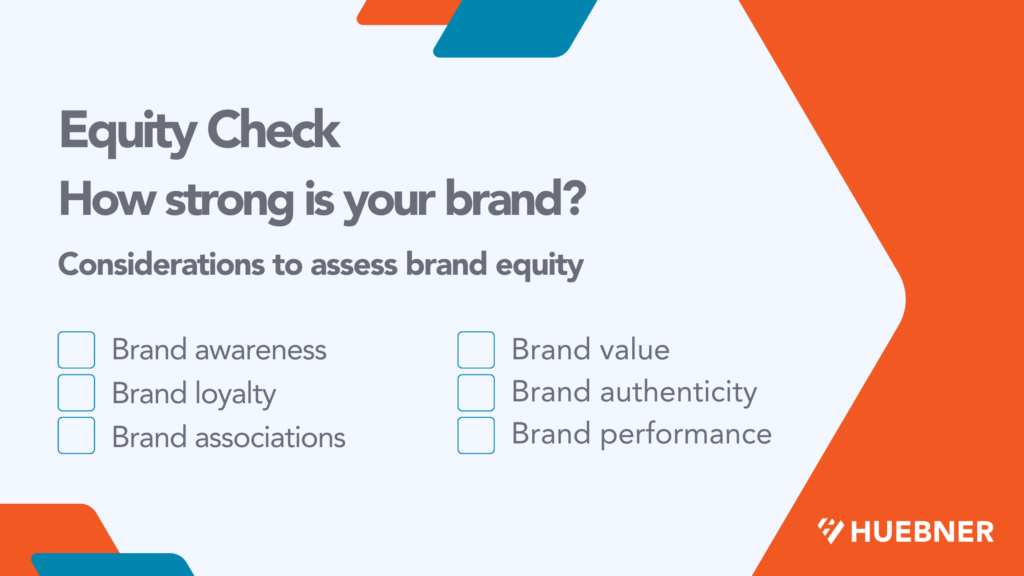Acquiring new brands is part of growth for many Private Equity firms, and each acquisition requires strategic planning from due diligence through portfolio alignment and new brand integration. Bolstering the bottom line is undeniably the main motivator for purchase, but the path toward profit can be very different for each brand acquired, depending upon the reason for acquisition. Common motivators for a private equity firm to acquire a business include:
- Access to new markets: Acquiring a well-established brand can provide a private equity firm with access to new markets and customers.
- Cost savings: Private equity firms often look for ways to cut costs and increase efficiency, and acquiring a brand can provide opportunities for cost savings through consolidation and economies of scale.
- Revenue growth: A private equity firm may acquire a brand with the expectation that the brand can be grown and scaled to increase revenue.
- Synergy: Private equity firms may also acquire a brand that complements or enhances an existing portfolio company.
- Exit strategy: A private equity firm may acquire a brand as part of an exit strategy, such as taking the company public or selling it to a strategic buyer at a later date.
- Diversifying portfolio: A private equity firm may acquire a brand in a different industry or geographic location to diversify its portfolio and reduce risk.
The reason for acquisition will determine the strategy for the new brand’s integration into the portfolio. Thoughtful action supported by steadfast methodology is required to ensure successful integration.
Strategy Framework for a New Brand Integration
1. Conduct a thorough due diligence process
Before making any investment, it is crucial to conduct a thorough due diligence process to ensure that the brand is a good fit for the firm’s portfolio. This includes analyzing the brand’s financials, market position, and competitive landscape. Additionally, it is worthwhile to assess the brand’s equity and determine if it can stand on its own. Considerations to assess brand equity include:

- Brand awareness: How well is the brand known within its target market? Are consumers familiar with the brand’s products or services?
- Brand loyalty: Do consumers consistently choose the brand over its competitors? Do they have a positive emotional attachment to the brand?
- Brand associations: What are the key associations that consumers have with the brand? Is the brand perceived as high quality, innovative, or luxurious?
- Brand value: How does the brand’s value compare to that of its competitors? Is the brand’s pricing strategy effective in driving revenue and profitability?
- Brand authenticity: Is the brand true to its values and mission? Do consumers trust the brand and believe in its products or services?
- Brand performance: How well is the brand performing financially? Is it meeting or exceeding its growth and profitability goals?
2. Develop a clear integration plan
Once the due diligence process is complete and the investment is made, the next step is to develop a strategic integration plan. This plan should include specific goals and objectives for the brand, as well as a detailed roadmap for achieving those goals. The plan should also address any potential issues or challenges that may arise during the integration process. The strategy should cover:
- Goals and objectives: Clearly define the goals and objectives for the new brand, including financial targets, market position, and competitive landscape.
- Organizational structure: Determine the appropriate organizational structure for the new brand, including roles, responsibilities, and reporting relationships.
- Communication plan: Develop a communication plan to ensure effective communication with all stakeholders, including employees, customers, suppliers, and investors.
- Operational integration: Identify opportunities for operational efficiencies and cost savings, and implement best practices and standards across the new brand.
- IT integration: Address any IT integration needs, such as merging systems and data.
- HR integration: Address any HR integration needs, such as employee retention and benefits.
- Supply chain integration: Assess and optimize the new brand’s supply chain to ensure continuity of operations and minimize disruptions.
- Legal and regulatory compliance: Ensure that the new brand is compliant with all relevant laws and regulations.
- Training and development: Develop a training and development plan to ensure that employees have the skills and knowledge needed to support the new brand’s growth.
- Performance monitoring: Establish key performance indicators (KPIs) to monitor the new brand’s performance, and conduct regular reviews to track progress and make adjustments as needed.
Through all of these steps, clear communication is key––from the associate to stakeholder level. A well-informed audience is a supportive audience, and better able to handle the shifts and additions that will come.
3. Communicate effectively with all stakeholders
Effective communication is key to a successful integration. This includes communicating with all stakeholders, including employees, customers, suppliers, and investors. It is important to clearly communicate the reasons for the acquisition, as well as the benefits that it will bring to the brand and the firm as a whole. You can find our checklist for effective communications planning in our Marketing Hub.
4. Focus on operational excellence
The integration process is also an opportunity to improve operations and drive efficiencies. This part of multi-brand strategy includes identifying areas for cost savings, as well as implementing best practices and standards across the brand. By focusing on operational excellence, the brand will be better positioned for long-term success.
5. Monitor progress and adjust as necessary
Finally, it is important to monitor progress and adjust the integration plan as necessary. This includes regularly reviewing key performance indicators, as well as seeking feedback from employees, customers, and other stakeholders. By monitoring progress and making adjustments as needed, the brand will be better positioned for success in the long-term.
A Strong Strategy Builds Trust
Integrating a new brand into an existing portfolio provides a great opportunity for growth across a firm’s entire architecture––bolstering risk reduction, revenue generation, and overall reputation. While the process of integration outlined above has proven viable over the years, the need for clear communication throughout the acquisition is more important than ever. On an associate level, clarity breeds contentment. Letting your team know what is on their horizon allows them to disregard anxieties related to change. For stakeholders, there is nothing worse than feeling left in the dark. Clear communication ensures boardroom support and relationship building. And for the consumer, this is an opportunity to build excitement and solidify trust.
When you share your plans with honesty, confidence, and as much transparency as possible, support is sure to follow.
